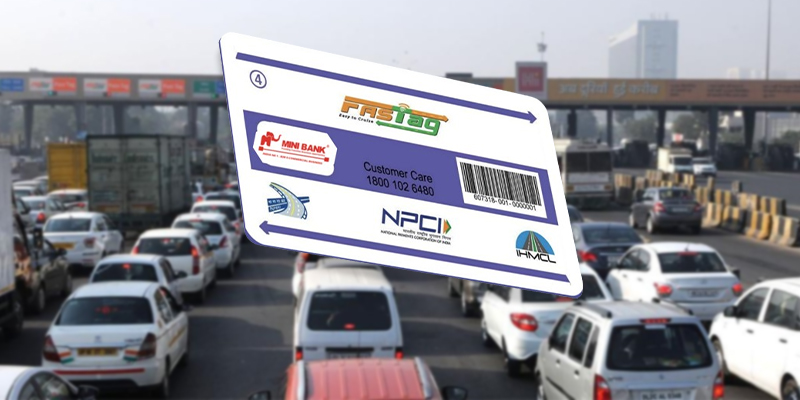India’s expansive network of national highways and expressways is a testament to the country’s commitment to enhancing road connectivity and travel efficiency. At the heart of modernizing India’s roadways is the National Highways Authority of India (NHAI)’s innovative initiative: “One Vehicle, One FASTag.” This blog post explores the essence of this initiative, its benefits, and additional measures taken by the Indian government to ensure an effortless and efficient road travel experience.
Understanding the “One Vehicle, One FASTag” Initiative

What is FASTag?
FASTag employs Radio-frequency Identification (RFID) technology for the automatic deduction of toll charges, eliminating the need for manual cash transactions at toll plazas. This electronic toll collection system is aimed at making highway travel faster and more convenient.
The Essence of the Rule:
The “One Vehicle, One FASTag” rule mandates that each vehicle must be equipped with a single, unique FASTag. This move counters the practices of using multiple FASTags for one vehicle or a single FASTag across multiple vehicles, thereby ensuring accuracy in toll collection and adherence to KYC norms set by the Reserve Bank of India (RBI).
Types of FASTag Issuance
FASTag, an electronic toll collection system in India, utilizes RFID technology for seamless toll payments across the country. It’s part of the National Electronic Toll Collection (NETC) program, ensuring standardized functionality at all toll plazas. FASTags can be categorized based on their issuing authority into two types:
- NHAI FASTag: These are directly issued by the National Highways Authority of India (NHAI). Though available, NHAI FASTags are less frequently opted for by users, as most prefer obtaining FASTags through more accessible channels.
- Bank-issued FASTag: This type is the most prevalent among users. Authorized partner banks of NHAI issue these FASTags. Customers can conveniently acquire a FASTag from their banks or via the bank’s mobile applications, making this method the preferred choice for most.
Why Introduce This Rule?
The NHAI’s directive serves dual purposes:
- Enhanced Accuracy in Toll Collection: Prevents discrepancies in toll data, ensuring fair and accurate charges for each vehicle.
- Compliance with KYC Norms: Meets the regulatory standards set by the RBI, fostering a transparent and secure electronic toll collection ecosystem.
Implications for Drivers
The National Highways Authority of India (NHAI) has simplified the system for vehicle owners possessing multiple FASTags by deactivating all but the most recently activated FASTag for each vehicle. Owners can check the status of their FASTags through the issuing bank’s website or mobile app. Enforced from April 1, 2024, the “One Vehicle, One FASTag” regulation requires that each vehicle is fitted with a single, distinctive FASTag.
Tips for a Seamless FASTag Experience
- Verify Your FASTag: Ensure it is linked to the correct vehicle registration number.
- Maintain Sufficient Balance: Keep your FASTag account topped up to avoid inconveniences at toll plazas.
- Leverage FASTag Apps: Utilize mobile applications provided by FASTag issuers to manage your account efficiently, from balance checks to toll transaction tracking.
Broader Impacts and Benefits
- Reduced Congestion: Faster toll transactions lead to smoother traffic flow at toll plazas.
- Transparent Operations: Accurate toll collection data aids in infrastructure planning and resource allocation.
- Convenience: Simplifies the toll payment process, enhancing the overall travel experience.
Beyond “One Vehicle, One FASTag”: Other Government Initiatives
In addition to the FASTag initiative, the Indian government has launched several measures to enhance road transport efficiency. These include the development of multi-modal logistics parks to improve freight movement, the introduction of advanced traffic management systems to mitigate congestion, and ongoing efforts to upgrade road infrastructure for safer and quicker travel.
Conclusion
The “One Vehicle, One FASTag” initiative marks a significant advancement towards modernizing India’s toll collection system. By adhering to this rule and taking advantage of the supportive measures provided, motorists can enjoy a more streamlined and efficient travel experience on India’s highways. The initiative, along with other government efforts, paves the way for a robust, efficient, and transparent road transport system in India.





